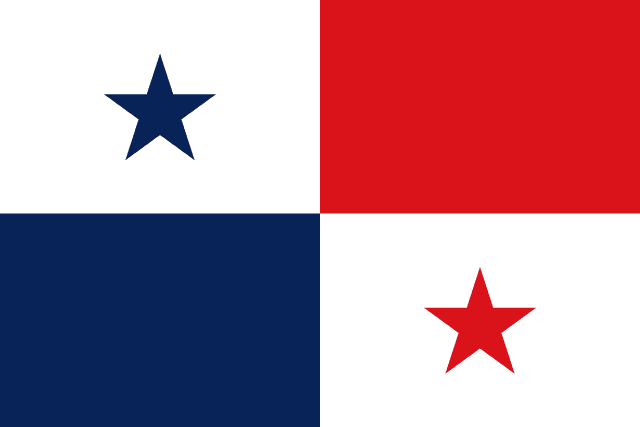Internet Usage

Internet penetration
of the population used the Internet at least once over a 3-month period
Usage by gender
Proportion of the population that uses the Internet, by gender
Note: Measurement methods vary by country.
Urban and rural Internet penetration
Percentage of the population that uses the Internet in rural and urban areas
Note: Measurement methods vary by country.
Average download speed
Based on an average of 300 users
-
5.12 MbpsBroadband
-
3.38 MbpsMobile
Average Internet cost
of average income (GNI) is needed to cover a low-consumption basket, using at least 3G technology.
Network Infrastructure

Mobile 4G and 5G coverage
-
92%has access to at least one device with 4G mobile Internet
-
< 1%has access to at least one device with 5G mobile Internet
Active networks
The building blocks of the Internet, identified by Autonomous System (AS) numbers.
International connections
Routes to the global Internet
Upstream diversity is
Adoption of IPv6
Market Overview

Data centers
Number of data centers in operation
active data centers
Internet Exchange Points
IXP in Panama
active networks connect via an IXP
Total number of IXP members in Panama
Locally cached content
of the top 1000 websites in Panama can be accessed through an in-country server or cache
Top Internet service providers
Top Internet Service Providers (ISPs) by market share
Market competition
market competitiveness for Internet customers and end users
Digital public services rating
The UN's measure of a country's e-government ecosystem readiness
Country-level domain use
domains registered using .pa, the country code top-level domain (ccTLD).
Security

Global Cybersecurity Index
Estimates the ability of a country or economy to prevent and manage cyber incidents
67 / 100
Routing security practices
The use of resource public key infrastructure (RPKI), which connects IP prefixes to the correct autonomous system (AS)
ROA
Route origin authorization uses a cryptographic signature to certify network announcements
-
97%of IPv4 prefixes protected
-
90%of IPv6 prefixes protected
ROV
Route origin validation filters out route announcements
-
55%of networks are using ROV to filter out invalid prefixes and networks
DNSSEC status
-
Inactive
Adoption of DNSSEC
of DNS queries are protected by DNSSEC, across all web traffic
Footnotes

The geographic boundaries and country names shown do not imply the expression of any opinion whatsoever on the part of the Internet Society concerning the legal status of any country, territory, city or area of its authorities. Regions and Sub-Regions are taken from the UN Standard Country or Area Codes for Statistical Use (Series M, No. 49).
Pulse uses the most recent possible data from international sources. For some indicators in Pulse, the source data may be updated more frequently. For more information on how often we update individual data points, see the Indicator page.

